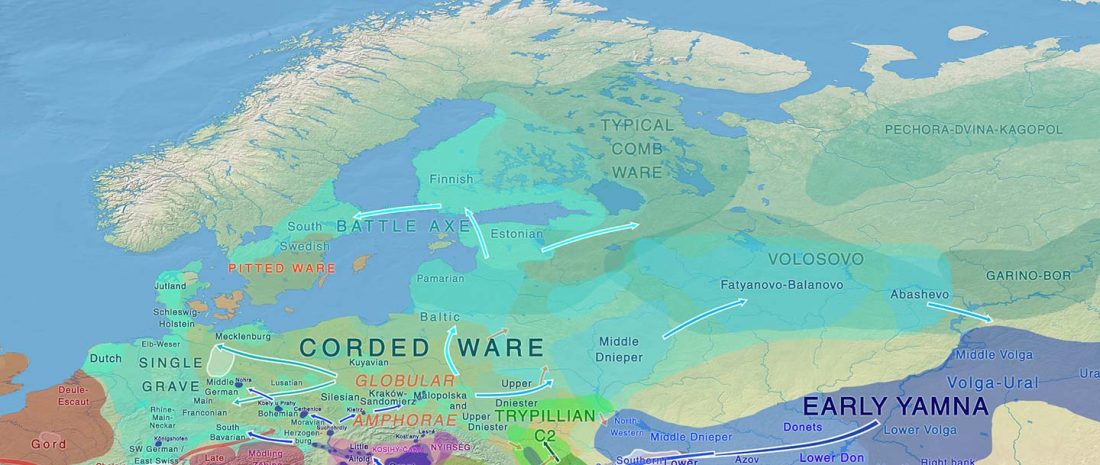I said I would write a post about topo-hydronymy in Europe and Iberia based on the most recent research, but it seems we can still enjoy some more discussions about the famous Vasconic Beakers, by people longing for days of yore. I don’t want to spoil that fun with actual linguistic data (which I already summarized) so let’s review in the meantime one of the main Uralic-Indo-European interaction zones: Scandinavia.
Seal hunting
One of the many eye-catching interpretations – and one of the few interesting ones – that could be found in the relatively recent article Talking … Read the rest “Pre-Germanic and Pre-Balto-Finnic shared vocabulary from Pitted Ware seal hunters”

